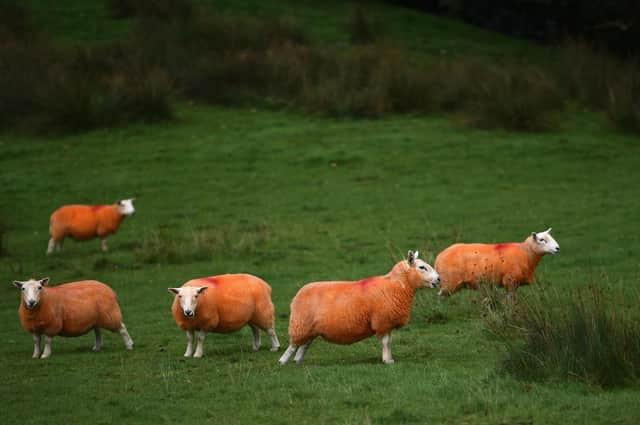Cost of living crisis: Will crime rates soar? Here's what years of police experience tell me – Tom Wood


There’s plenty evidence of high-crime areas descending into dilapidation. Whichever it is, there’s little doubt a link exists. When times are hard and people have less, certain crime types rise. So, as we face huge rises in the cost of living, what can we expect?
There are wider factors to be considered, such as demographics and employment. To an extent petty crime will always be a reflection on how many young males there are in a community.
Advertisement
Hide AdAdvertisement
Hide AdMost nuisance crime and petty theft, excluding shoplifting, is committed by young men. It’s pretty simple to roughly estimate whether crime rates will rise or fall with a headcount. Thankfully, this trend is short-lived as most young offenders desist in their 20s. Crime has always been the activity of a small but troublesome minority.
Then there’s unemployment. There’s some truth in the adage that ‘the devil makes work for idle hands’. If young people are left without purpose, we should expect the worst. But with low unemployment this should not be a factor.
The pandemic’s economic fallout, the war in Ukraine and Brexit have resulted in shortages and price rises for many essentials. It’s a matter of supply and demand. And scarce and expensive things become worth stealing.
For instance, metal production has suffered badly through the pandemic, resulting in high scrap metal prices.
Accordingly we can expect a rise in thefts of scrap and, particularly, catalytic converters from cars. They contain precious metals and are already a target for thieves.
Petrol and diesel prices have also shot up, so we can expect to see fuel tanks targeted. Likewise kerosene, which heats many rural homes, has tripled in price. Country homes will once again be vulnerable.
Delays in production during the pandemic have led to a shortage of some agricultural plant. So farms and industrial workshops will be prime targets. Then there’s the cost of meat. Beef, lamb and poultry have all risen steeply in price, making them worth stealing.
We may see a return of cattle and sheep rustling or even large-scale poaching. Shoplifting will probably increase and will be a conundrum for shopkeepers. There have already been calls not to prosecute but this must depend on the circumstances. Some shoplifting gangs operate on an industrial scale.
Advertisement
Hide AdAdvertisement
Hide AdThe biggest threat will come online. Cybercrime was the biggest growth area during lockdown. We can expect to see further advantage taken by online fraudsters, not driven by need, but greed.
We could well see the return of the bogus workman. This time it will be cheap insulation or double glazing rather than roof repairs. There could also be enticing offers to circumvent your gas or electric meters or provide black-market goods at knockdown prices. And of course there will always be housebreaking, cash or jewellery preferred, or a high-value car if the keys are lying about.
How is this all so predictable? With the exception of cybercrime, we’ve seen it all before in the 1970s. Like then, the good news is that you can usually avoid becoming a victim, by awareness and a little common sense.
Tom Wood is a writer and former police officer
